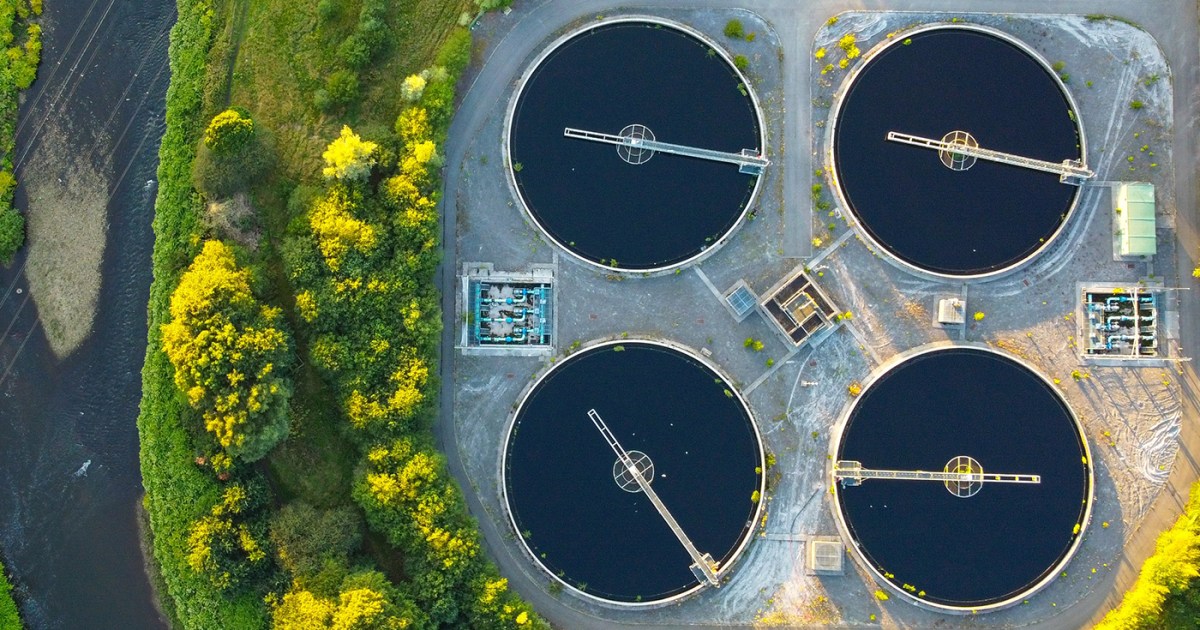The seawater desalination system proposed by the study integrates redox batteries with desalination processes (Shutterstock)
In a study published in the journal Cell Reports Physical Science, researchers at New York University's Tandon School of Engineering have made significant progress in desalinating seawater using redox, or RFD.
Redox is an emerging electrochemical technology that can convert seawater into drinkable water and store renewable energy at affordable prices. The research team created a special battery based on this technology that is linked to seawater desalination techniques, in order to integrate the processes of energy storage and water desalination.
The results of this study meet the vision of the “Decarbonizing Chemical Manufacturing Using Sustainable Electricity” initiative, which brings together a diverse team of researchers and industry experts dedicated to decarbonizing the chemical industry through electricity, in an effort to shift the world towards clean energy.
Redox desalination
According to the information contained in the statement, seawater desalination is a series of industrial chemical processes carried out to remove excess salts and minerals from the water. Seawater can be desalinated so that it can be used in practical life such as agriculture, drinking, and industry.
Desalination of seawater is an industrial chemical process to remove excess salts and minerals from it to make it suitable for drinking or agriculture (Shutterstock)
The desalination process requires technologies that consume a lot of energy and money and leave harmful effects on the environment, as energy consumption in the desalination process is considered one of the difficult problems and obstacles that need to be overcome, and it is one of the goals that are being worked on in scientific centers that are searching for alternatives with less energy consumption and more energy. Effective and environmentally friendly.
The desalination process takes place in three basic stages before distribution and pumping into the network, arranged as follows: initial water treatment, water desalination process, and final water treatment.
In the desalting stage, all dissolved salts in the water, viruses, and other substances such as transported and dissolved chemicals and organic substances are removed through the use of membranes or distillation.
The chemical techniques that are used in the salt removal stage are also considered one of the oxidation and reduction techniques, which are two parts of chemical reactions that occur sequentially. Oxidation is chemical reactions in which a change occurs in the oxidation number of atoms of the reacting materials as a result of the transfer of electrons between them, where electrons are lost before Atoms, molecules, or ions, which result in an increase in positive charge or a decrease in negative charge.
The desalination process requires techniques that consume a lot of energy and money, leaving harmful effects on the environment (Shutterstock)
Reduction or return is the process of gaining electrons by atoms, molecules, or ions, resulting in a decrease in positive charge or an increase in negative charge.
In a more precise definition, the oxidation process for an element (or for a molecule containing an element on which this process is performed) can be described as an increase in the oxidation number of this element, while reduction - or reduction - is a decrease in the oxidation number.
Benefits of redox battery desalination
According to the statement issued by NYU Tandon, the university team, led by Dr. Andre Taylor, professor of chemical and biomolecular engineering and head of the “Decarbonization of Chemical Manufacturing Using Sustainable Electricity” initiative, increased the rate of salt removal in the seawater desalination system by redox, by an amount approaching... 20%, while reducing energy demand by improving fluid flow rates.
The process of oxidation and reduction has great importance and benefits in finding a completely new solution to the global water crisis (Shutterstock)
The seawater desalination system project proposed by the study relies on integrating redox batteries with water desalination operations, and also benefits from the inherent ability of redox flow batteries to store excess energy during periods of abundance and discharge it during peak demand, which seamlessly copes with fluctuating energy requirements. During water desalination operations.
The study showed that the redox process has great importance and benefits in finding a completely new solution to the global water crisis, as it provides a flexible and scalable approach to energy storage, which allows the effective use of intermittent renewable energy sources such as solar and wind energy, and can reduce dependence on energy networks. Traditionally, it also promotes the shift towards a carbon-neutral and environmentally friendly desalination process.
Regarding the purpose of the study, Taylor says: “Through the seamless integration of energy storage and water desalination, our vision is to find a sustainable and effective solution that not only meets the growing demand for fresh water, but also supports environmental preservation and the integration of renewable energy, and redox can reduce dependence on "Traditional energy networks and also promotes the shift towards a carbon-neutral and environmentally friendly desalination process."
Source: Al Jazeera + websites

